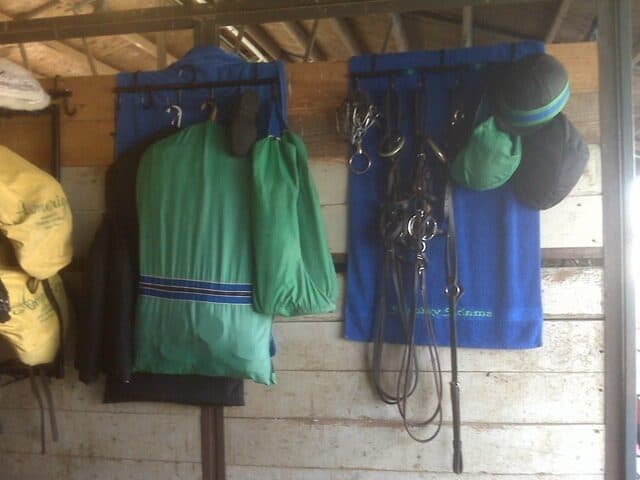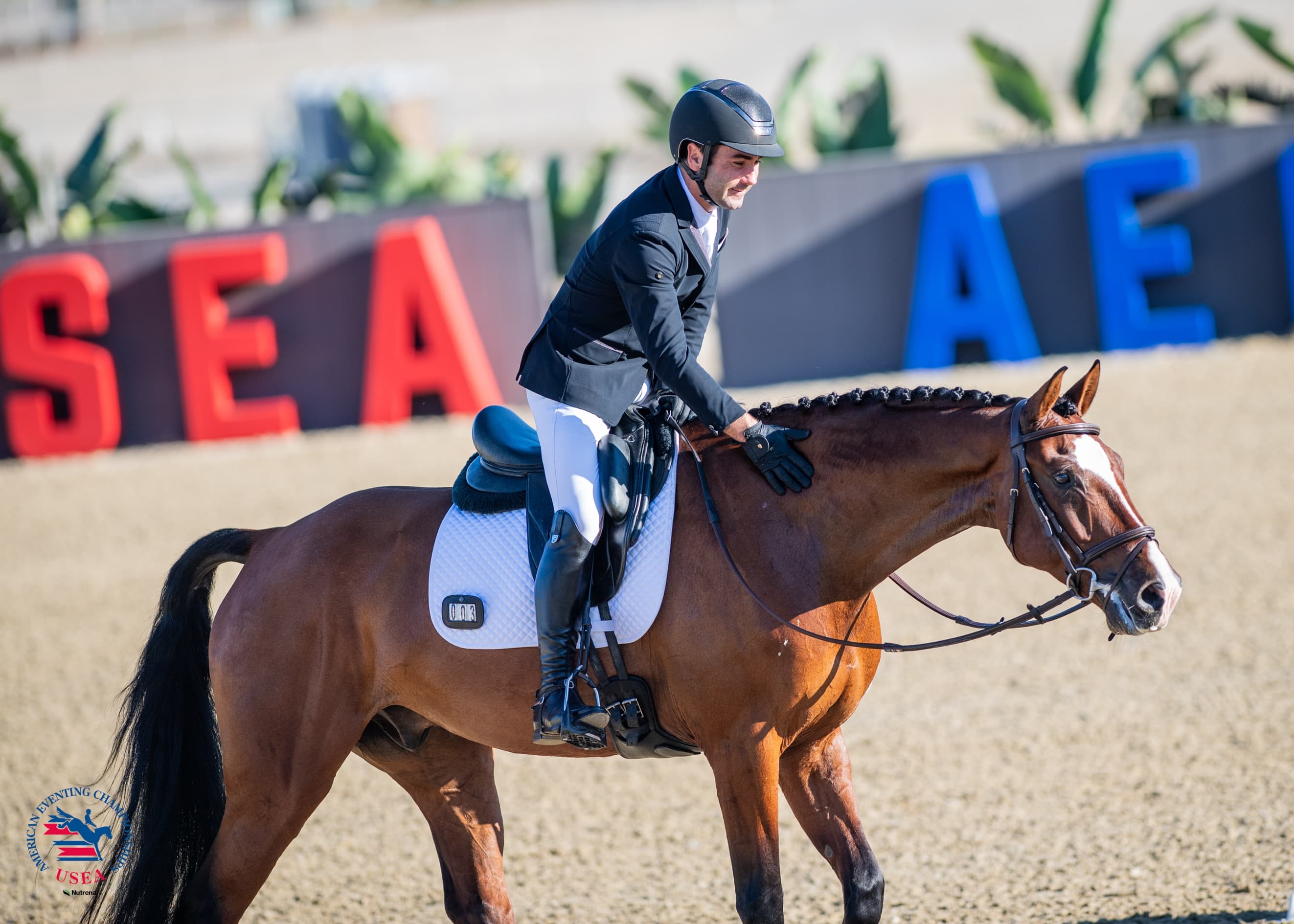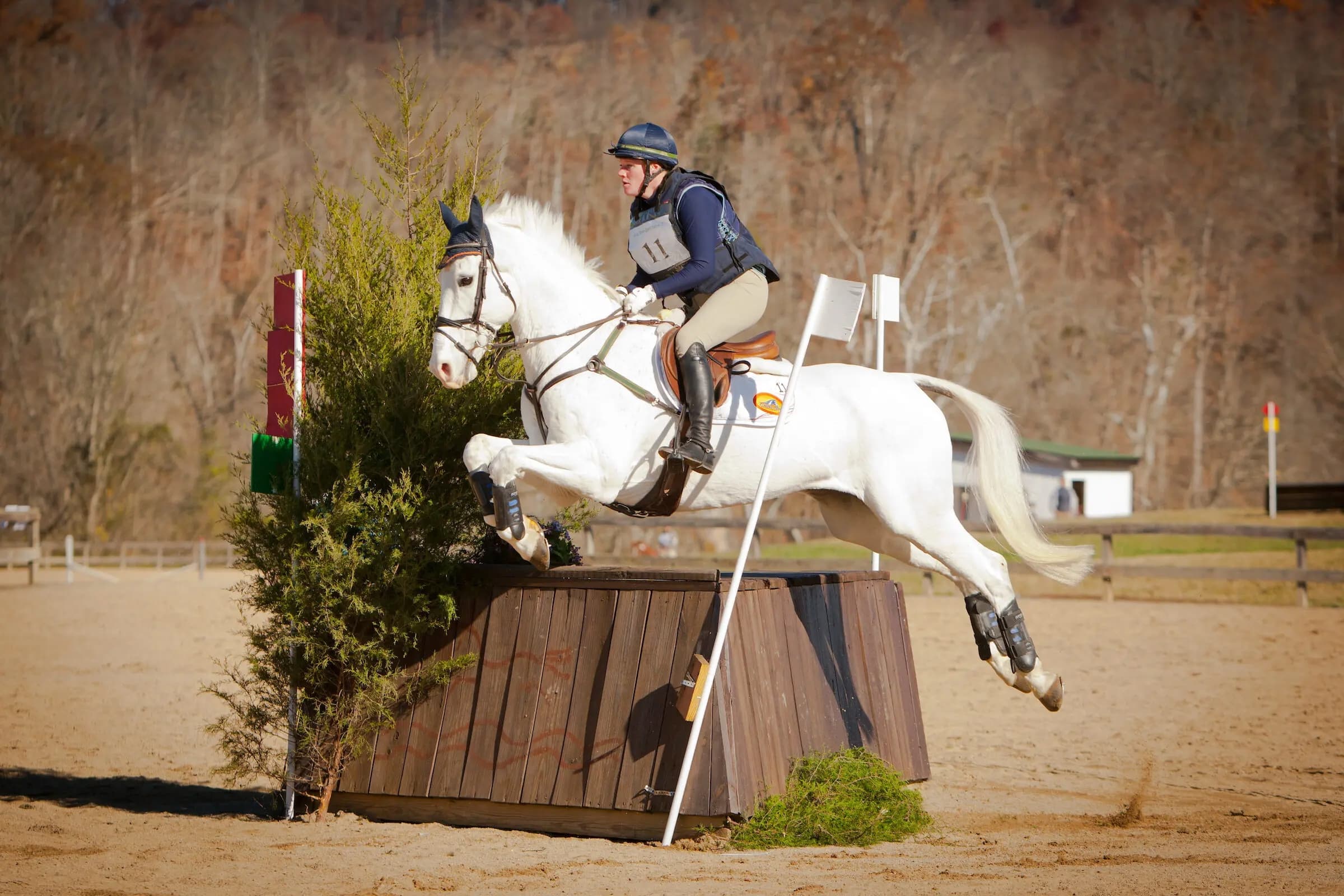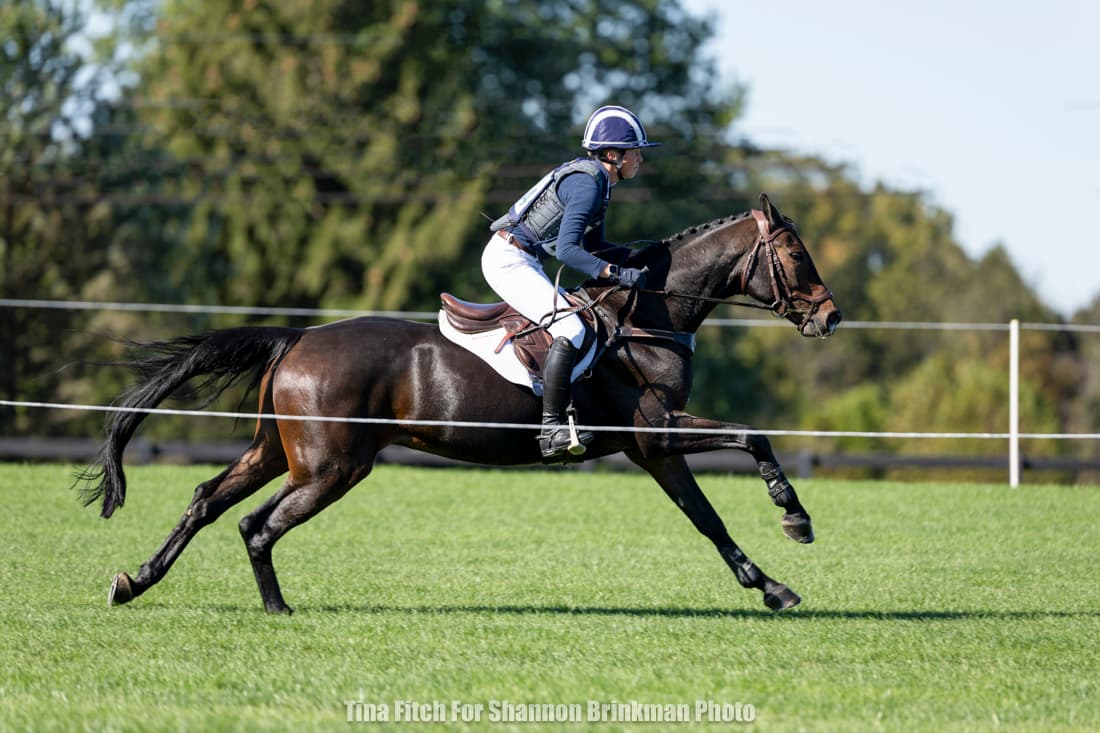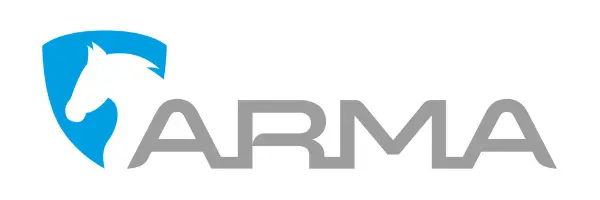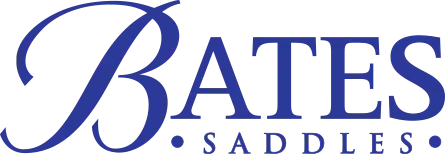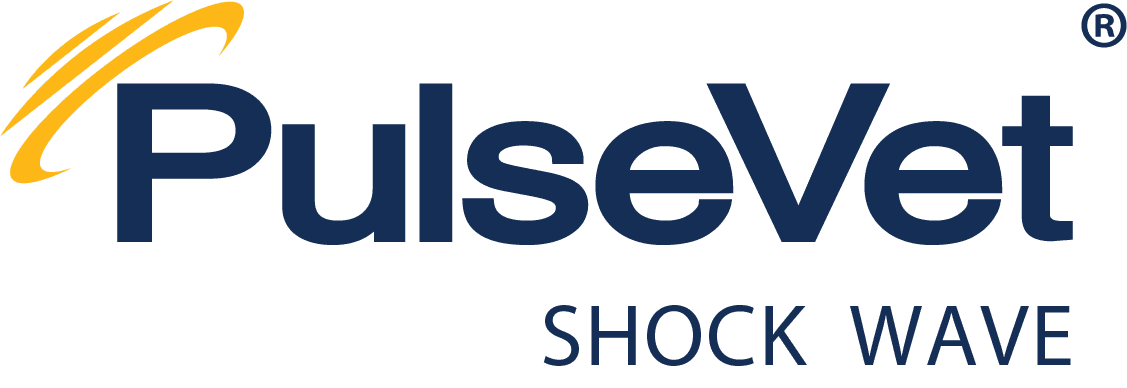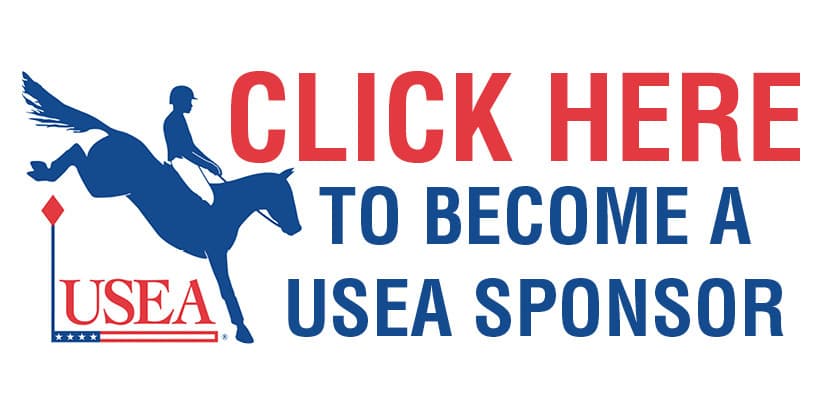Part 3 – Preparing for Your First Three-Day Event
With Amber Heintzberger
As you map out your competition calendar leading up to your first three-day event, It make sure that you are aware of all opening dates and closing dates. Enter the events you want to compete in and be sure to look over the new dressage tests: learn them, know them, love them.
By now you should already have checked your equipment and made plans to buy or borrow anything you need. Understand that you will need to have extra equipment for the three day: you will need a few extra pieces of tack to have at the cross-country warm up with you, like an extra bridle, stirrup leather and girth in case anything breaks at the last minute.
Now is a great time to start practicing the trot up; you should always know a few different ways that are good for trotting your horse up. I often have my coach, my farrier, and my vet help me with this: that way I get all aspects of it. The coach looks at the whole picture, the vet looks for the clinical signs of soundness, and the farrier looks at the way the horse travels.
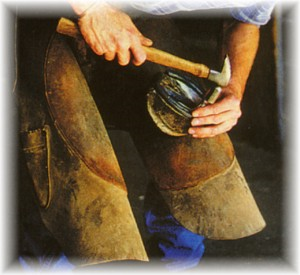
Doug says, “Your horse shoeing may not be the MOST important part of you preparation leading up to a three day event, but it is AS important as a lot of your other preps. To be sure your farrier is in a position to be helpful, always make sure he/she is aware of your plans and any issues you might have. Remember you are the one who knows your horse best. Learn to communicate with your farrier so he/she can know what you are seeing or feeling.”
For planning a shoeing schedule Doug recommends, “If you have a three-day coming up in the next few months count backwards to make sure your shoeing schedule lines up well with your competition schedule. I find that shoeing about 4-8 days before the dressage test works well for a lot of my clients. If your horse is sound and moving well this not the time to make big shoeing changes. If it ain’t broke, don’t fix it. If you are having some movement or soundness issues during this time try and work with your vet, farrier, and trainer as a team to come up with a viable solution. All of this will help you and your horse to be better prepared on the big day.”
While you are continuing your horse’s fitness work you have to be aware that throwing them back into work is a lot like humans, they can get sore, especially when they are just being introduced to this kind of fitness work.
My old coach Kim Severson told me that once a horse has reached a certain level of fitness it is often easier to get them back to that point, unless they have had an extended vacation. However for a lot of first time three-day horses it takes a bit of extra work for their body to change into that fine chiseled machine that we all love to have on cross-country. Walking under tack is a great way to slowly increase fitness with little impact.
I also recommend that people entertain the idea of a supplemental aid to their program, meaning talking to their coach or vet about using Adequan, Legend, or any other joint supplements that a coach and or vet would think is best for that particular horse.
With Vaunted I often use the Equissager, which is a machine that aids in muscle stimulation….you have probably seen them on horses at shows: they are those blue things that go just where the saddle does on their back.
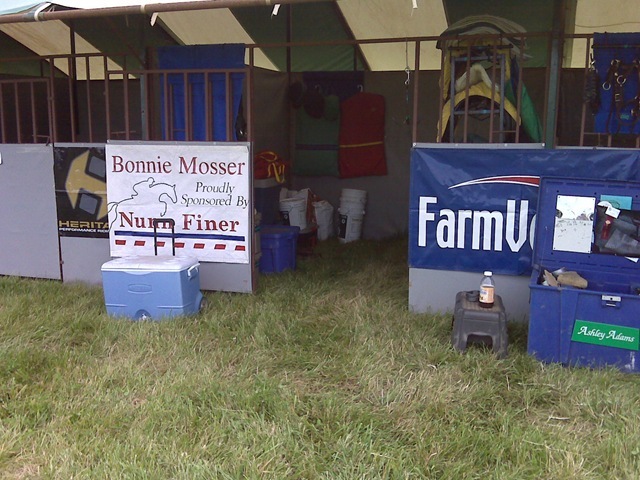
It is also very important to remember that no matter what everyone else is doing, you know your horse better than anyone. While you should seek expert advice and following that advice is key, also know that your plan is what will lead you to success. I have to remind myself all the time that I know what works for my horse and to never stop listening to what he and his body are telling me. At the end of the day it is just going to be you and your horse out there.
I like to think of the events leading up to the three-day as quizzes in my school work, and the three-day as the final exam. So get your directions to your first event and let the homework begin!

